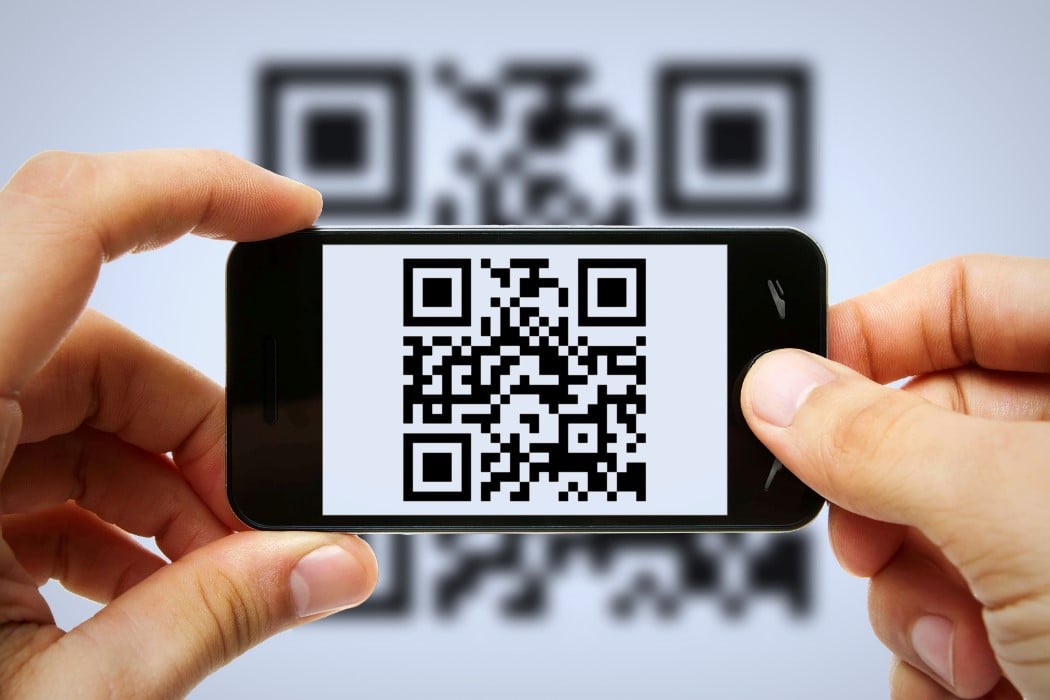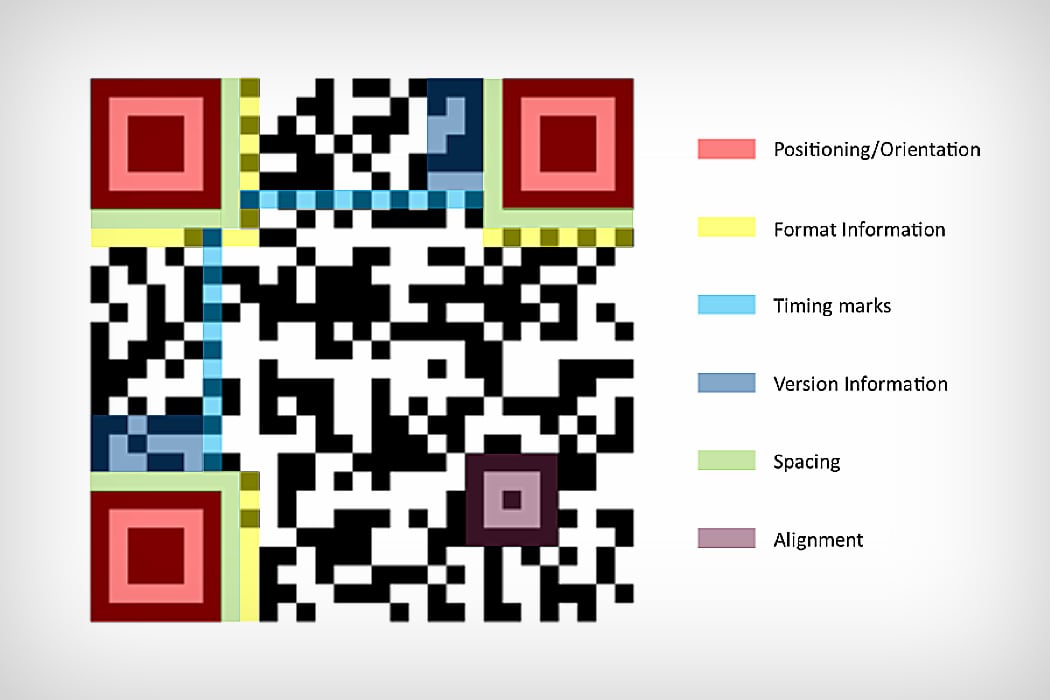Demystifying QR Codes: What are they and how do they work - Yanko Design

You've surely seen these codes around either in impress or digital format. Chris Sacca may call QR Codes the 'herpes of technology', simply they're quite enabling; assuasive you to link web pages, profiles, and even bodies of information to a particularly formulated lawmaking that can exist digitally scanned (in fact, yous can browse the code in the image in a higher place as well). Although considered 'onetime tech' by some (and a crabs disease past others), these little blackness-and-white boxes are manifestly going through a revival. About 1.3 billion mobile QR code coupons are estimated to have been redeemed last year, and that number is expected to rise to five.3 billion in the next 4 years. In fact, countries like India and China rely strongly on QR codes for visiting spider web pages, making payments, or even storing government-backed identities.
The QR in QR Lawmaking stands for Quick Response code. Developed and patented by Denso Wave, a subsidiary of Toyota Motor Corp in 1994, QR Codes were used to track vehicles as they moved along the associates line, and to quickly scan components used in the vehicles. While Denso Wave still owns the patent over the engineering science, the company very kindly granted gratuitous license to it, allowing third parties to utilize the technology and aid information technology be widely accustomed.
The QR code is a natural evolution of the zebra barcode. While the barcode holds smaller $.25 of data, laid out on a strip of black lines of varying thicknesses, spaced apart differently, QR codes really store much larger pieces of data (equally much as 350 times the information you could shop on a barcode), and are laid out on two dimensions, vertically and horizontally. Additionally, barcodes are scanned using a sparse strip of infrared light and a sensor that reads the way the light bounces back to it, while QR codes are digitally scanned using a camera and software to decrypt the information.
The information in the QR code is contained within the black and white squares, called modules. It is this system of modules that stores the data. The more modules, the more information. The design of a QR code can even be cleaved into different parts that serve unlike purposes. The large squares on 3 corners of the overall square are referred to as 'position markers', and the camera or QR scanner normally track these position blocks to decide the orientation and location of the code also as its outermost edges. The position blocks are separated past white animate spaces, so that the camera tin hands distinguish betwixt the position blocks and the and the residual of the code.

The rest of the lawmaking comprises pocket-sized pixelated blocks, and in order to read them, the scanner must decide two things. The size of the block, and as a issue, likewise the spacing. The scanner does so using a row of alternate blocks known as timing marks, located along the base of the upper two position markers. These alternating blocks of black and white give the scanner information of how big each private black pixel is, and the spacing between them. An alignment block on the bottom correct corner reinforces the information provided by the position blocks and the timing blocks, while also ensuring the lawmaking can be deciphered even if information technology's distorted, for example, if viewed at an angle. Other features of the QR code include a Format Row that tells the scanner what sort of information the QR code holds (whether information technology'due south a URL, text, etc.) and a Version Control surface area that helps the scanner place the version number of the code. The balance of the lawmaking stores all the information that the QR code'due south supposed to hold.
Since QR codes are likely to get damaged (given that they were meant for a mill floor), they employ an error-correcting machinery known as the Reed Solomon code. This organization adds redundant/repetitive information to the data and then that it can be recovered even if the graphic is slightly damaged. This Reed Solomon code too allows you lot to input logos and graphics into the graphic without compromising the information stored inside the code to create a sort-of 'vanity QR code'.
QR codes, whether yous like them or non, open a lot of gateways for storing critical pieces of information in small-scale spaces. The design of a QR code is scalable too, so the bigger the QR code, the more information it holds (version twoscore of the QR code has a 177 by 177 pixel resolution). QR codes are finding increasing applications in payments, where you'd expect NFC technology to fail. In fact, WeChat in China, and PayTM in Bharat use QR codes for merchants and customers, allowing you lot to but identify transactors by scanning their codes either in print, or from a screen. Snapchat and Facebook's Messenger are taking this technology further by designing QR codes that are proprietary in the way they look. Your Snapchat profile motion picture is, in fact, a scannable vanity QR code that contains your avatar in the center. FB Messenger uses a radial blueprint, as opposed to Snapchat'southward ghost-shaped QR code, for individual profiles. Today, QR codes are beingness used in innovative places, from tracking logistics and guerilla marketing to even allowing cashless donations to the homeless and encouraging voter registration, and the possibilities can only increment with AR and VR… So next time a Shark Tank investor tells y'all QR codes are dead, maybe don't really listem to them!
burkettselmerry1953.blogspot.com
Source: https://www.yankodesign.com/2018/09/14/demystifying-qr-codes-what-are-they-and-how-do-they-work/
0 Response to "Demystifying QR Codes: What are they and how do they work - Yanko Design"
Post a Comment